
The Grounds Guys explain the best time and method to cut back ornamental grasses.
|
Last Updated July 18, 2023
Ornamental grasses complement almost any garden theme, adding height, movement, and texture all season long. If you have ornamental grasses in your yard, you may need to cut them down so they will grow back next year. The best time of year to trim ornamental grasses varies depending on the type of grass you have.
Grass is typically categorized as cool-season, warm-season, or evergreen. Each one has slightly different rules regarding when and how to cut them back. Let’s take a look at when to cut back ornamental grasses of each type.
Why Cut Back Ornamental Grasses
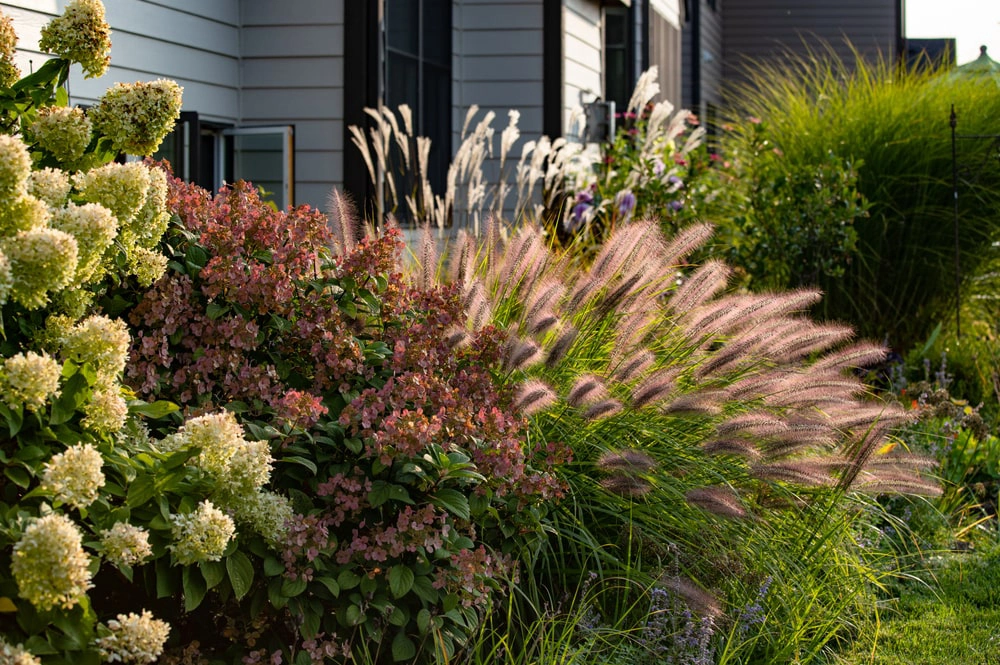
Ornamental grasses can add color and interest to your landscape. But they also require maintenance. So, what happens if you don’t cut back ornamental grasses? For one, overgrown grass can be unsightly. Cutting back ornamental grasses will help you to keep a tidy, aesthetically pleasing lawn and garden. It can also help prevent seeds from spreading to unwanted areas. Also, if you don’t cut back ornamental grasses, it can be harder for fresh foliage to grow in spring.
Cutting back ornamental grasses is a beneficial landscaping practice, and in areas prone to wildfires, it’s a safety measure as well. If you live in such an area, you’ll want to cut back on warm-season grasses so they’re just a few inches tall.
Cutting Back Warm-Season Grasses
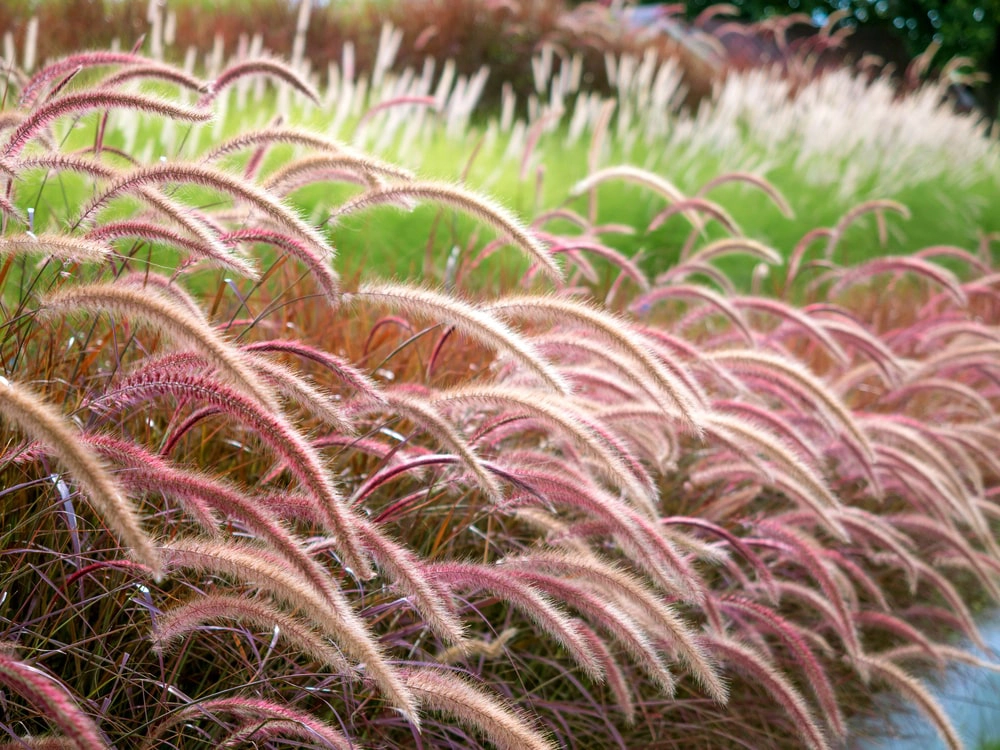
Warm-season grasses do most of their growth and flowering when it’s nice and hot outside. They won’t even start growing until mid to late spring or during the first signs of summer. But once colder weather arrives, they start to show shades of brown, which is a good time to cut back. For a tidy winter garden, trim warm-season ornamental grasses in the fall, but if you forget, then you could potentially wait as late as mid-spring.
Cutting Back Cool-Season Grasses

Cooler weather is no match for cool-season grasses. They still look good, even when the temperatures dip. Wait until late winter or early spring to cut back cool-season grasses. When you do, don’t trim them too harshly, as this can destroy the plant. Contact a landscaping professional when in doubt. Leave the foliage in place until the last snowfall.
Cutting Back Evergreen Grasses
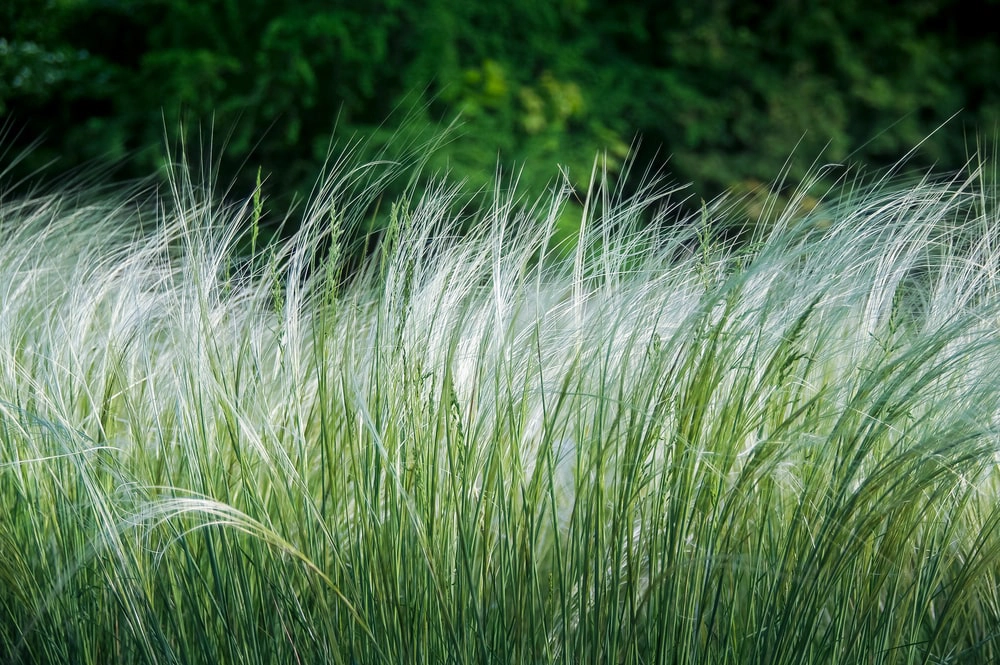
Most evergreen grasses aren’t grass at all; they’re usually plants with grass-like features. They live through the winter, so do not cut back these plants. However, light pruning is needed to remove damaged or dead leaves, do it in late February or early March and prune back about 1/3 to 1/2 of the grass.
How to Cut Back Ornamental Grasses
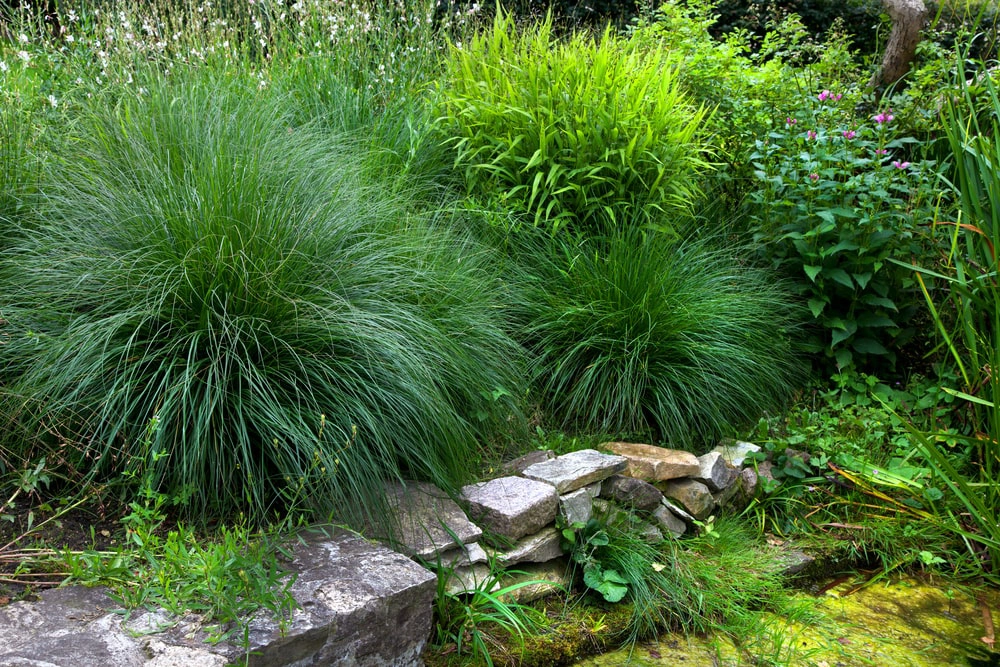
The tools needed to trim and winterize ornamental grasses include:
- Gloves
- A roll of tape or bungee cords
- Pruning shears or a power hedge trimmer
First, wear gloves to protect your hands. To make cleanup easier or to help prepare the grass for the compost pile, bundle the stalks before you start cutting. Use any wide tape or bungee cords to tie up ornamental grasses. If the grass is tall, tie it in two or three spots.
Now you’re ready to cut the grass with pruning shears. A power hedge trimmer is helpful if the grass is large and well-established. Cut warm-season grass a few inches from the ground. Cut cool-season grass so that one-third of the plant remains.
When to Divide Ornamental Grasses
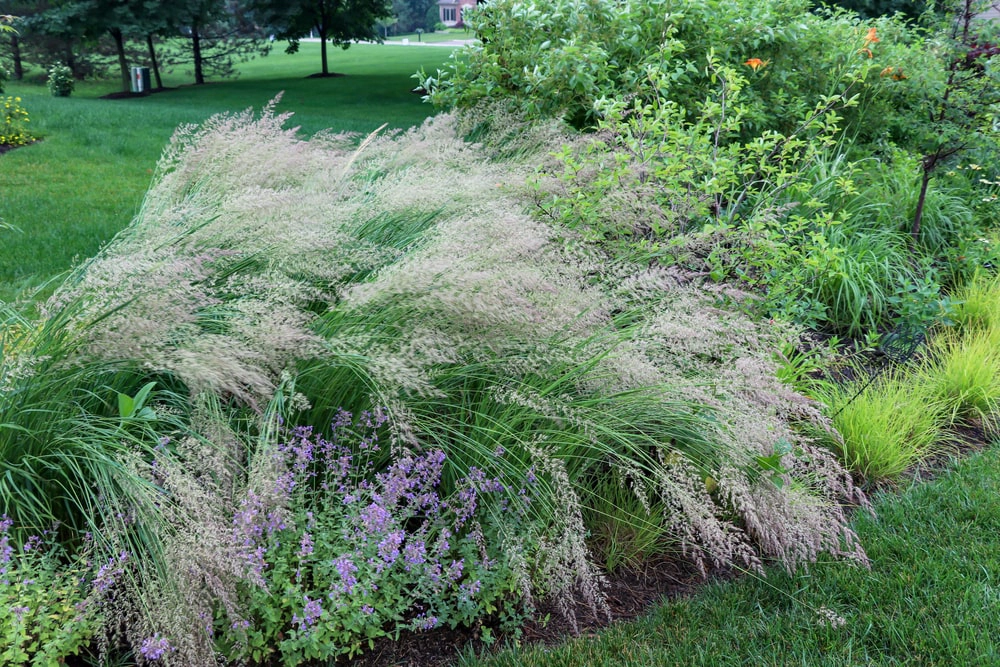
Dividing increases the amount of foliage in your yard without having to buy more ornamental grass. Doing this every few seasons helps your grasses remain active and healthy. Dividing can even rejuvenate a clump that has died out in the center.
The trick is to divide ornamental grasses during their active growing season. This means you should:
- Divide warm-season grasses from spring through mid-summer.
- Divide cool-season grasses in spring or early fall.
- Divide evergreen grasses in spring.
How to Divide Ornamental Grasses
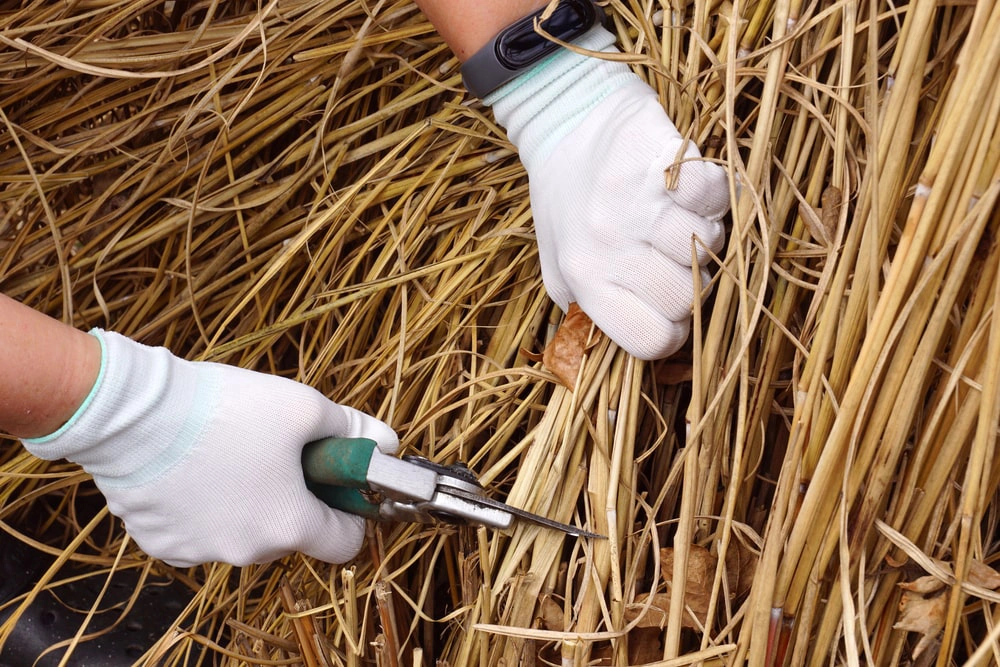
You need these tools to divide ornamental grasses:
- Gloves
- Shovel
- Pruning shears, a knife, or a sharp trowel
While protecting your hands with garden gloves, dig up a clump of grass with a shovel. Divide the clump into several pieces using shears, a knife, or a sharp trowel. Make sure each piece has some roots attached.
If the main clump is still healthy and hasn’t overgrown its space, remove small chunks from the outer edges. Whatever technique you use, replant the divided pieces immediately before their roots dry out.
Maintenance After Cutting Back

One of the benefits of having ornamental grasses in your landscape is that they require very little maintenance. They’re drought-resistant, so you won’t have to water them often. They’re some of the best plants for anyone who doesn’t have much time to garden but is still looking for an attractive plant choice to fill out the landscape. Even when they turn brown, they’re still beautiful. Plus, most garden pests don’t bother with them!
Keep Your Ornamental Grasses Healthy and Beautiful
Cutting back ornamental grasses takes time, a good deal of knowledge, and proper timing. For assistance with maintaining your ornamental grasses, reach out to The Grounds Guys®. We’re here to help. An expert at your local The Grounds Guys will be happy to advise you on whether your ornamental grasses should be cut back, when to cut back your ornamental grasses, and how to keep them looking beautiful all year. All our work is backed by the Neighborly Done Right Promise™, which guarantees your satisfaction. Contact us to request a free estimate today!